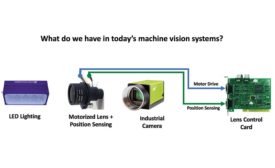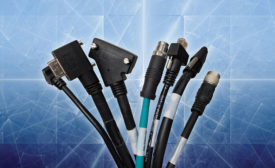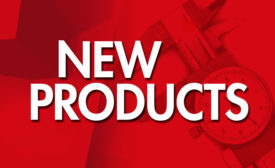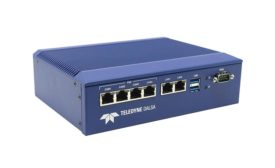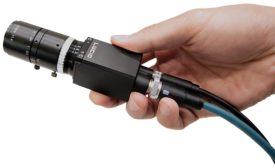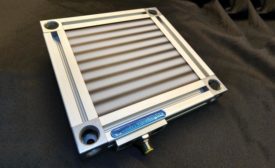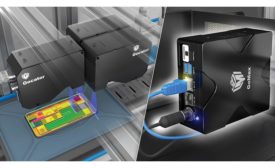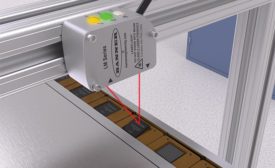Home » machine vision
Articles Tagged with ''machine vision''
Beginning with the AIS's camera link standard, the industrial camera portion of the imaging system was standardized.
Read More
How Machine Vision Cables Impact Machine Vision Performance
Choosing high quality cables is your best approach for long-term productivity and consistent imaging data.
July 1, 2019
Machine Vision Lens Performance
A number of factors are important in lens design, including lens resolution, spatial distortion, and uniformity of illumination.
May 1, 2019
Patterned Area Lighting Simplifies Imaging of Reflective and Transparent Surfaces
The goal of PAL lighting is to enhance diffiult-to-image flaws so machine vision software can evaluate them.
March 1, 2019
Q&A: 3D Smart Sensors, Deep Learning, and The Future of Automated Quality Control
The CEO of LMI Technologies describes how 3D sensors are integral to a new era of quality.
March 1, 2019
How to Choose a Precision Measurement Sensor: Key Considerations
In precise part inspections, a reliable solution is a must.
March 1, 2019
Stay in the know with Quality’s comprehensive coverage of
the manufacturing and metrology industries.
eNewsletter | Website | eMagazine
JOIN TODAY!Copyright ©2024. All Rights Reserved BNP Media.
Design, CMS, Hosting & Web Development :: ePublishing
